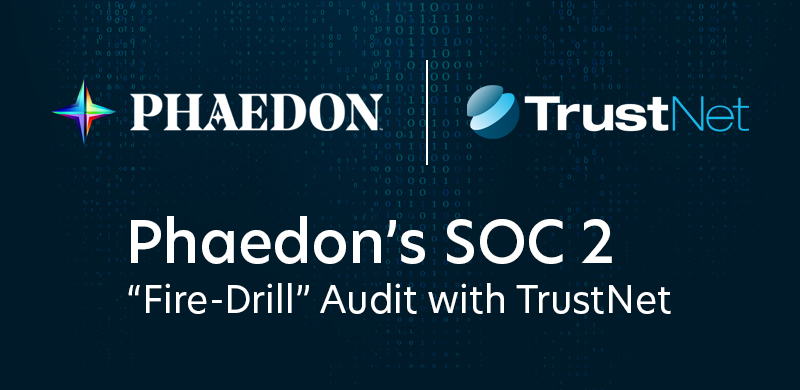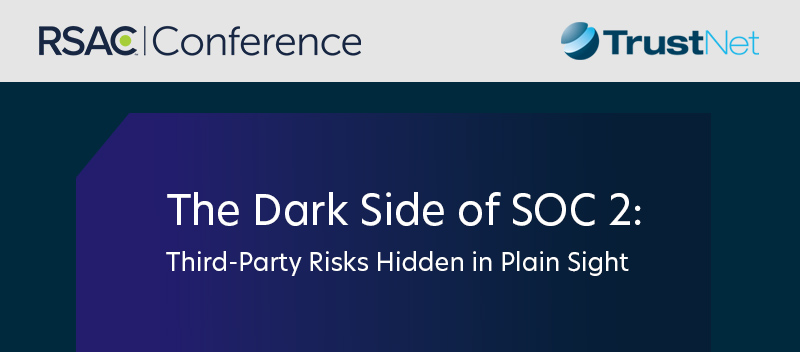 Today’s multi-layered information systems make it possible for companies like yours to store, manage, and transmit data like never before. However, it is that very complexity that potentially leaves your security architecture vulnerable to threats. User error, deliberate internal sabotage, and cyber attacks from external sources could devastate your finances, compromise your data, and do irreparable damage to your brand’s reputation. With such high stakes, there is no doubt that your IT and management team needs to place a laser focus upon developing a vulnerability management program as soon as possible.
Today’s multi-layered information systems make it possible for companies like yours to store, manage, and transmit data like never before. However, it is that very complexity that potentially leaves your security architecture vulnerable to threats. User error, deliberate internal sabotage, and cyber attacks from external sources could devastate your finances, compromise your data, and do irreparable damage to your brand’s reputation. With such high stakes, there is no doubt that your IT and management team needs to place a laser focus upon developing a vulnerability management program as soon as possible.
What is the Vulnerability Management Framework?
Unless you are completely aware of the security defenses that have been put in place to protect your internal information and outside perimeters, you run the risk of building a protection system that does not fully safeguard your valuable assets. Before taking any measures to develop a vulnerability management plan, your first step must be to identify and assess already existing resources.
The emphasis will be on deleting strategies that are not working, shoring up those that are adequate but not optimal, and enhancing your entire security landscape with updated systems and practices. Now that you have a grasp of the weapons that are already in your arsenal, you can move on to developing your robust vulnerability management program approach.
The Components of a Vulnerability Management System
There are several important elements at the core of this vital, risk-based vulnerability management program security framework. They include the following:
- Identify and secure all hardware and software assets. These include but are not necessarily limited to networks, programs, applications, firewalls, databases, servers, switches, printers, desktops, laptops, and mobile peripherals.
- Regularly conduct penetration testing. This involves hiring a third-party expert who attempts to get around your security precautions by exploiting vulnerabilities in your defenses. The information you gain from this “white hat” professional can help you to mitigate your threat risk without an actual breach incident needing to occur.
- Make it a practice to update software whenever patches are released. Vendors only go through the time and expense of updating an application or product when there are good reasons to do so. Failing to keep your software equipped with the latest patches puts you in jeopardy of becoming a needless victim. Just be sure to run any updates through a test environment first to avoid experiencing any bugs or functionality issues.
- Use current intelligence feeds to stay abreast of the latest threat vectors and attack strategies. The professionals who maintain these information sources are industry experts and are your best providers of the scoop on the most cutting-edge threats.
- Use the knowledge you have gained from these sources as well as from human and automated monitoring to correct or mitigate any vulnerabilities you detect in your network, systems, and procedures. To that end, you must prioritize the vulnerabilities you have identified according to their level of risk to your business operations. This is an ongoing process.
- Implement comprehensive staff awareness protocols. Their purpose is to inform all employees about the general characteristics of your security infrastructure as well as to communicate the specific role that each user must play in protecting it. Errors and carelessness by employees caused by ignorance or confusion can lead to huge gaps in your security posture. The good news is that it is well within your ability to minimize these with a well-designed employee manual and clear protocols for areas such as passwords, access, and email behaviors.
- Take advantage of automated monitoring tools. Technology never gets tired and is not prone to entry or reporting errors. While patch management and vulnerability scanning programs should not be the only mechanisms used to keep an eye on your networks and applications, they are indispensable augmentations to human expertise.
- Do not neglect the importance of similar policies for service providers, which are generally added to the Service Level Agreements that you have already established. Add a remediation clause to your documents that make the vendor accountable for correcting the issue within a specified time frame and outlines the consequences if they are remiss in their compliance.
Challenges abound in today’s cybersecurity landscape. Keeping every program and application under your company’s umbrella safe from attackers is a never-ending, constantly evolving work in progress. A well-constructed vulnerability management program is indispensable in helping you to identify, classify, minimize, or eliminate as many system threats as possible.
It should be noted, however, that even the best cybersecurity threat and vulnerability management infrastructure does not work 100 percent of the time since it can only address problems that it can anticipate. It is the responsibility of your systems administrators and IT team to build an infrastructure that remediates the vulnerabilities that you can fully correct, mitigate or minimize the potential damage caused by the ones you cannot fully fix, and implement strategies to tolerate the vulnerabilities that remain.




